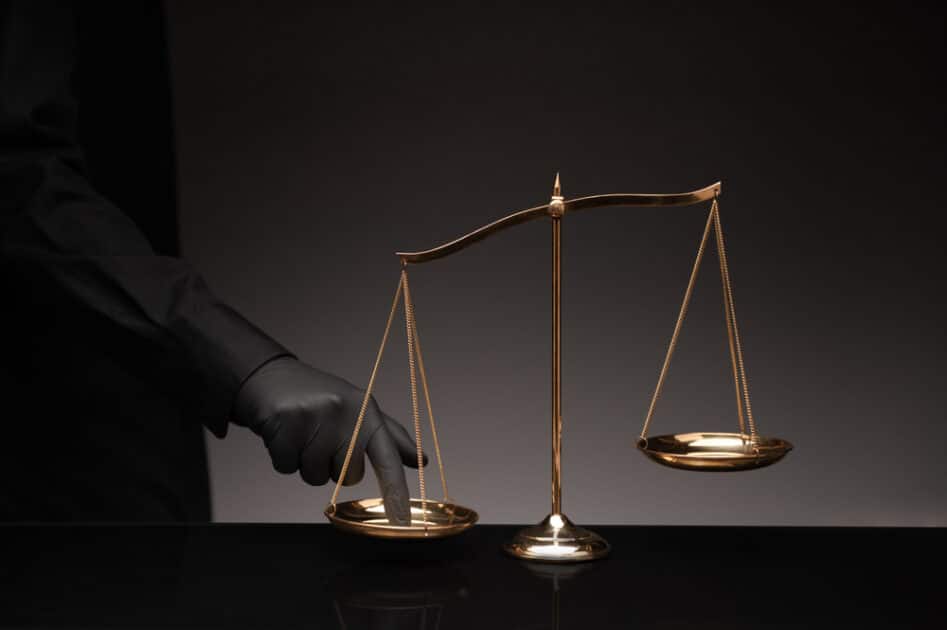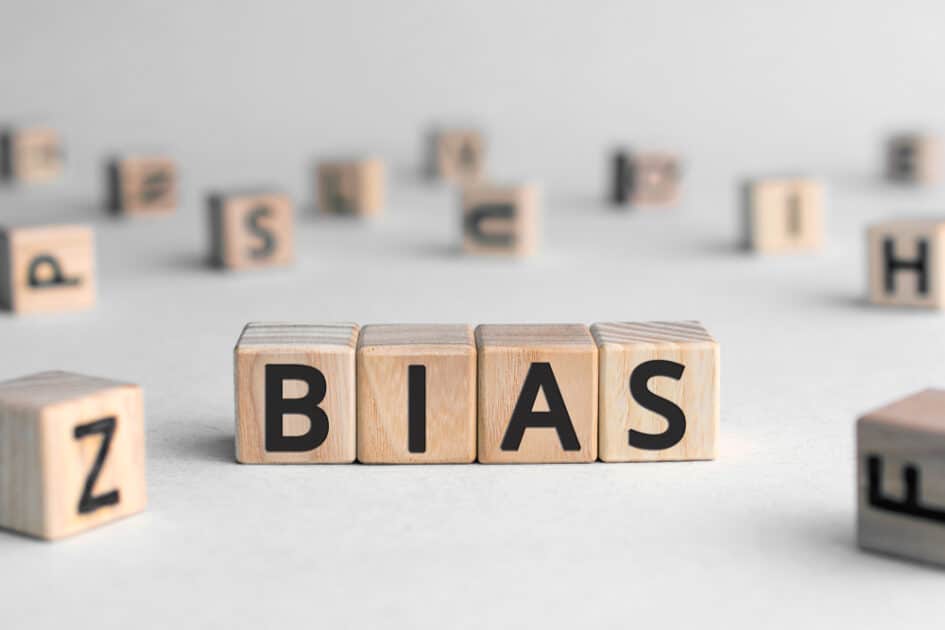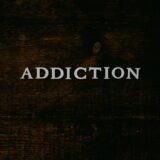First off, let’s start with a simple question. What exactly is bias? At its core, bias implies a predilection—a tendency to lean towards or against a person, object, or event. This learning disrupts our ability to perceive objectively and can manifest either intentionally or unintentionally.

Interestingly, bias is as much an intrinsic part of our nature as breathing. Consider a hypothetical scenario: you choose between three shirts and feel yourself gravitating toward one in particular.
The reason? It’s in your favorite color. This subconscious leaning is an archetype of unintentional bias.
Now picture a sports fan who unabashedly champions their home team, despite the team’s less-than-stellar performance. This overt partiality represents an intentional bias in its raw form.
The Impact of Bias: Stirring the Societal Pot
As it turns out, bias plays out on the grand stage of day-to-day life, and its impact can be as powerful as insidious. Harmless as the examples above may seem, bias can also catalyze more severe societal problems.
Most prejudices people hold against one another stem from some learned or inherent bias.
For example, look at the U.S. criminal justice system, where we see a disproportionate number of Black men incarcerated despite making up a smaller demographic segment.
This discrepancy often stems from the biases harbored by law enforcement officers, leading them to associate Black men with violence or criminal behavior wrongfully.
Similarly, in academic environments, a biased view often results in men being encouraged more often, offered more leadership opportunities, or taken more seriously than their female counterparts.
The underlying bias here stems from the deeply ingrained belief that men are naturally more capable or intelligent.
Moreover, the role of media in reinforcing bias cannot be overstated. Media outlets shape public perception by continuously casting individuals into stereotypical roles, perpetuating these biases, and facilitating their internalization.
The Birth of Bias: A Natural Phenomenon
So where does bias originate? It’s a part of our inherent nature. As we journey through life, our experiences shape our opinions and preferences. An enjoyable experience at a destination might inspire a return visit in the future. Conversely, a less-than-pleasant gastronomic encounter might prompt us to avoid certain foods. These are instances of biases that naturally form over our life’s course.
Yet, these naturally occurring biases can also be exploited for personal or collective gain. Here’s how:
- Policymakers might exploit existing biases to garner support for their proposed policies. While this could result in beneficial policies, it could also foster policies that marginalize certain groups.
- Bribery is another nefarious method of generating bias. Individuals can be coerced into performing specific actions by leveraging monetary or material incentives.
- Prejudice is another way of fostering bias. People can be led to believe certain narratives or assertions through repeated exposure, forming preconceived notions.
Bias in All Shapes and Sizes: Unveiling the Types
Biases can take numerous forms and are generally classified into three primary categories:
- Information Bias
- Selection Bias
- Confounding Bias
One particularly interesting type of bias is attentional bias, characterized by an individual showing an increased interest or recurrent thoughts about a specific subject.
To illustrate, imagine a student who has just enrolled in a new school. They notice the school’s mascot or emblem wherever they go, although it is always there. This tendency to concentrate on certain aspects over others encapsulates the concept of attentional bias.
Bias and Decision-Making: An Unhealthy Relationship
One cannot discuss bias without acknowledging its significant influence on our decision-making process. Biases can drastically sway our decisions, causing us to make choices that are not based on fair judgment or rational thinking. This phenomenon, known as cognitive bias, often results in decisions systematically deviating from objective standards such as facts and rational behavior.
For example, confirmation bias, a cognitive bias, leads us to favor information that confirms our pre-existing beliefs while ignoring information that contradicts them. This bias can lead to faulty decision-making, resulting in a skewed perception of reality.
Bias in the Professional World
Bias also has far-reaching implications in the professional world, affecting hiring decisions, promotions, and overall workplace culture. From gender bias, where one gender is favored over the other, to ageism, where younger or older employees are discriminated against, bias can significantly impact an individual’s professional trajectory.
Moreover, these biases aren’t always overt. Unconscious bias, where individuals aren’t aware of their inherent prejudices, is a prevalent issue in the workplace. For instance, a manager might unconsciously favor an employee who shares similar interests, resulting in unfair treatment of other team members.

Cultural Bias: A Global Concern
Cultural bias is another prevalent form of bias, where individuals favor their culture and consider it superior to others. This bias often leads to stereotyping, discrimination, and a lack of understanding of other cultures, fostering division and conflict.
For example, western-centric views often dominate global discussions and media, leading to a lack of representation and understanding of non-western cultures. This cultural bias often results in skewed perceptions and misunderstandings of other cultures.
Confronting and Counteracting Bias: The Road Ahead
While we have explored the various forms and impacts of bias, it’s important to note that recognizing and combating bias is a continuous journey that requires constant introspection and effort.
- Education and Awareness: Educating ourselves and others about the various forms of bias is a crucial first step in combating bias. This awareness can help individuals recognize and challenge their biases, promoting a more inclusive and equitable mindset.
- Promoting Diversity and Inclusion: Encouraging diversity in our social and professional circles can expose us to different perspectives, helping to challenge and reduce our biases. Organizations should also strive to foster an inclusive culture where everyone is valued and treated fairly.
- Mindfulness and Self-Reflection: Regularly practicing mindfulness can help us become more aware of our thoughts and biases. We can challenge our prejudices and make more conscious, unbiased decisions through self-reflection.
Remember, confronting bias isn’t about achieving perfection but striving for progress. As we learn, grow, and evolve, so will our ability to identify and address our biases, fostering a more understanding, inclusive, and equitable world.
Recommended: Fear
The Bottom Line
We’ve traversed the complex terrain of bias – from its definition to its roots, its manifold manifestations, and finally, the journey towards overcoming it. In various forms, bias is an inherent part of our human experience.
It stems from our natural tendency to categorize and favor a subconscious survival mechanism wired into us. But while it’s natural, it’s not always beneficial, particularly in a world striving to be more inclusive, equitable, and fair.
Bias can be a significant roadblock to this vision, breeding stereotypes and prejudices that divide us.
It colors our perception of others, often leading to discrimination and injustice. But the story doesn’t end here. The awareness of our biases and the conscious effort to not act on them can help us mitigate their adverse impacts.























